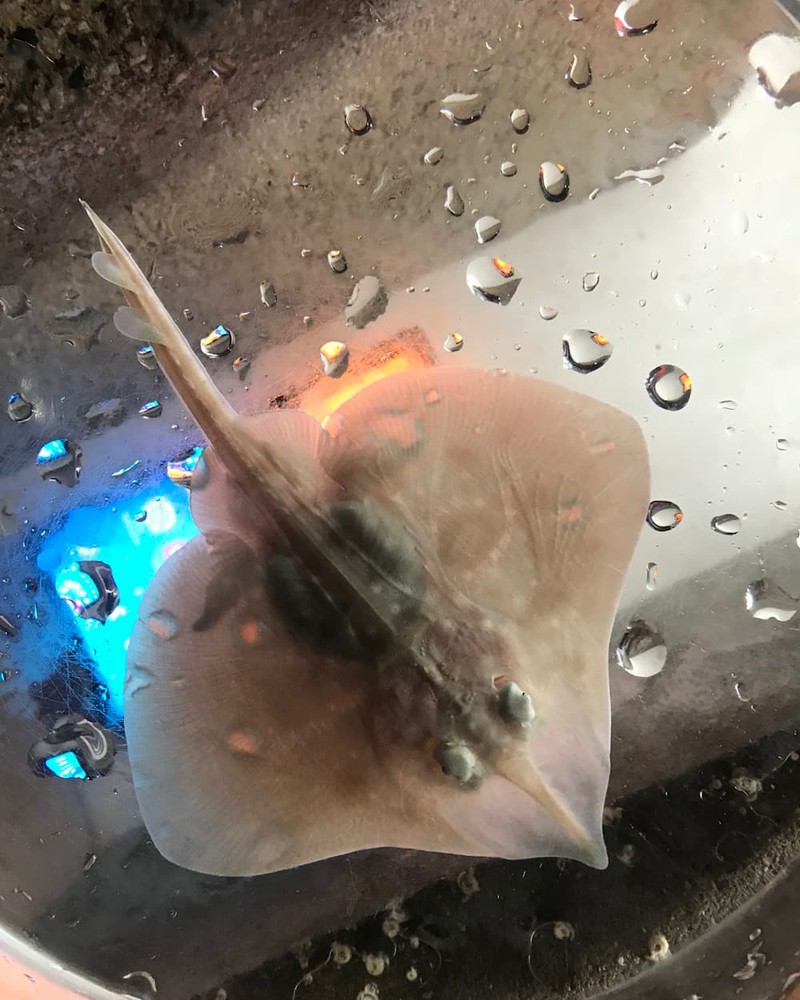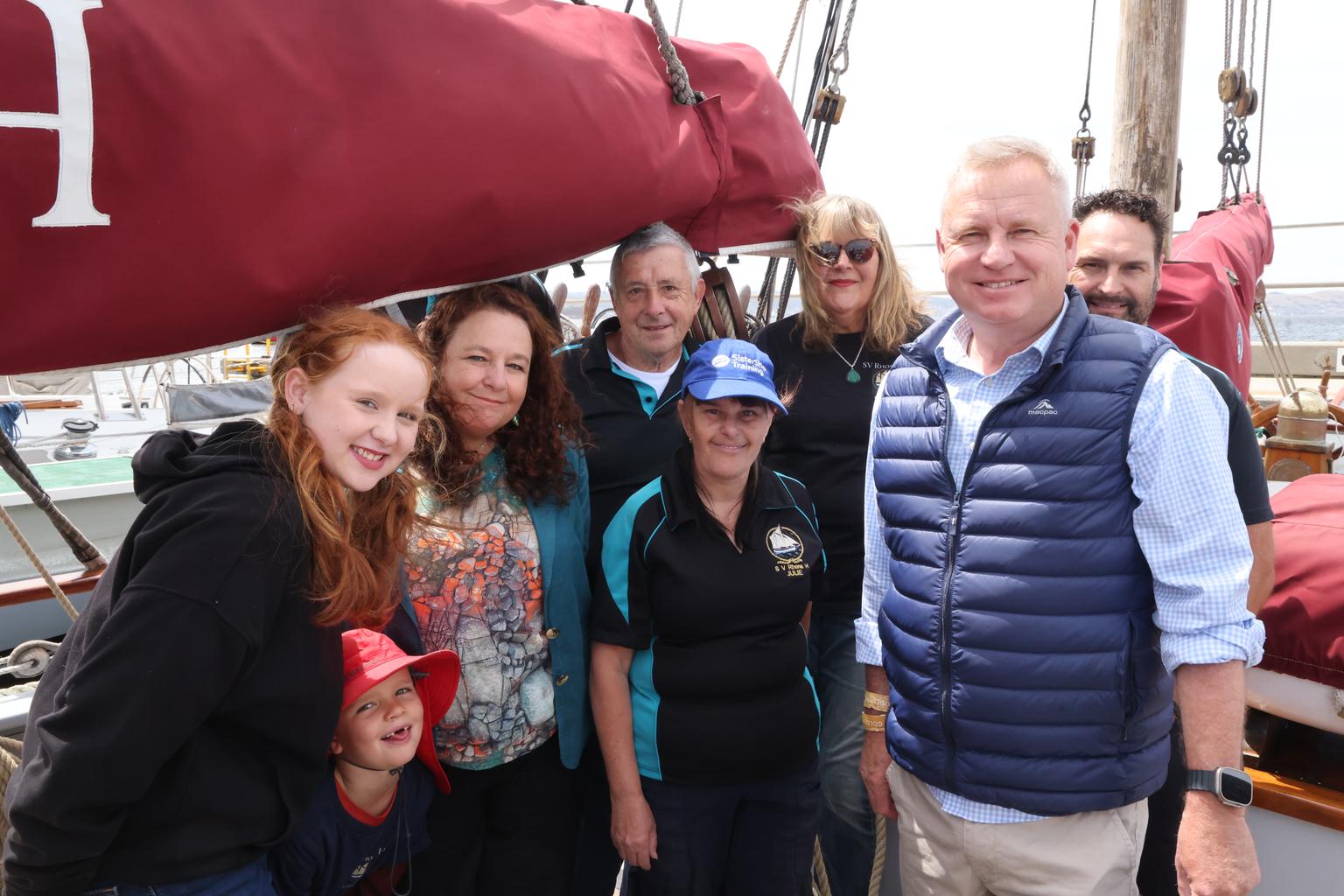A new high-tech conservation program is aiming to track and protect Tasmania’s critically endangered Maugean skate using advanced acoustic technology.
The Tasmanian Government has announced funding for the Maugean Skate Conservation Action Program, to be delivered by the Institute of Marine and Antarctic Studies (IMAS).
The initiative will attach small acoustic devices to skates in Macquarie Harbour, allowing researchers to monitor their movements via receivers installed throughout the area.
Environment Minister Madeleine Ogilvie said the program would provide crucial data to inform conservation strategies.

“We’re looking to understand the unique behaviour and habitat requirements of the Maugean skate,” she said.
“Specifically, how this cryptic species responds to the range of environmental conditions they experience in the harbour.”

The program will also focus on preparing captive skates for potential release back into their natural environment.
“Outside of the harbour, we want to ensure that as many as possible captive skate are ‘harbour-ready’ and can be successfully relocated.”
IMAS researchers will track the rare fish species, which is found only in Macquarie Harbour, to better understand its habitat needs and behaviour patterns.

The approach mirrors successful conservation efforts for other endangered Tasmanian species.
“In many ways, the new program follows in the footsteps of the Orange-bellied Parrot Migration Tracking Project, which uses similar technology, and is delivering remarkable early insights into the species,” Ogilvie said.
The 12-month research initiative, funded through the Threatened Species Fund, will run until April 2026.







